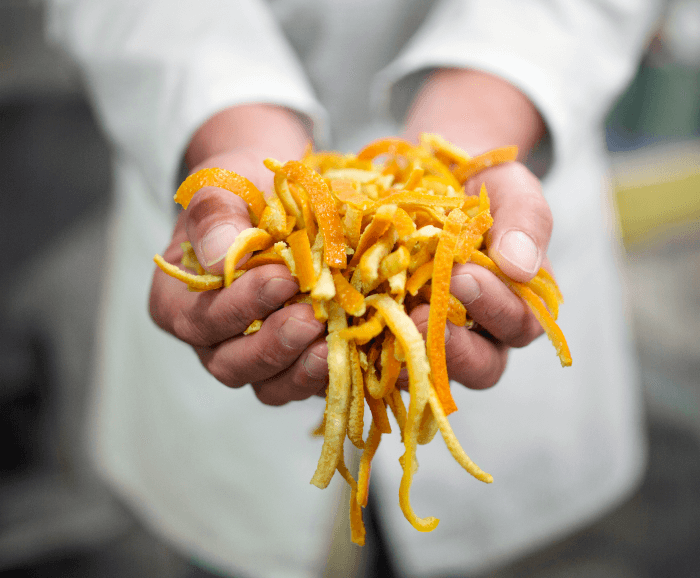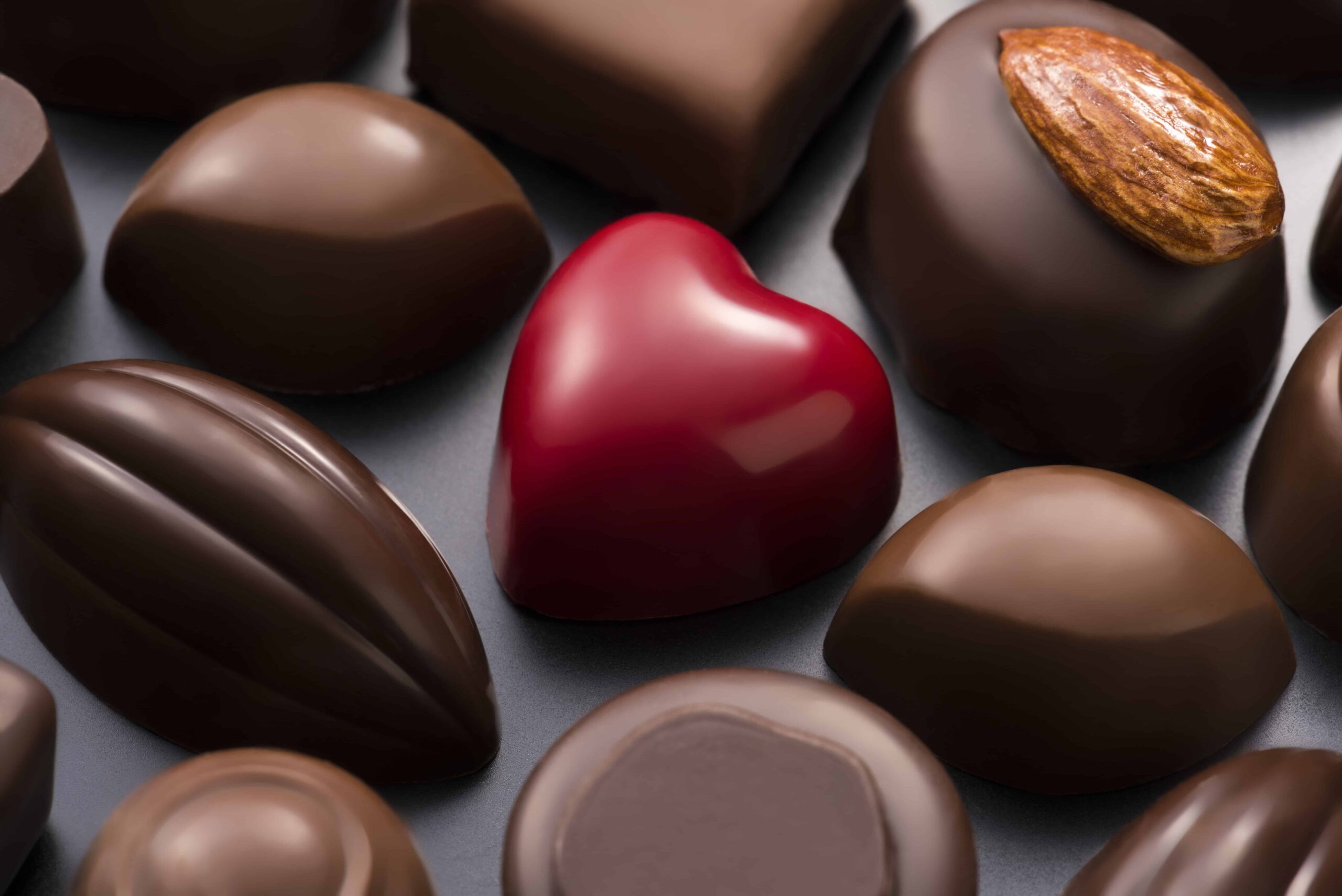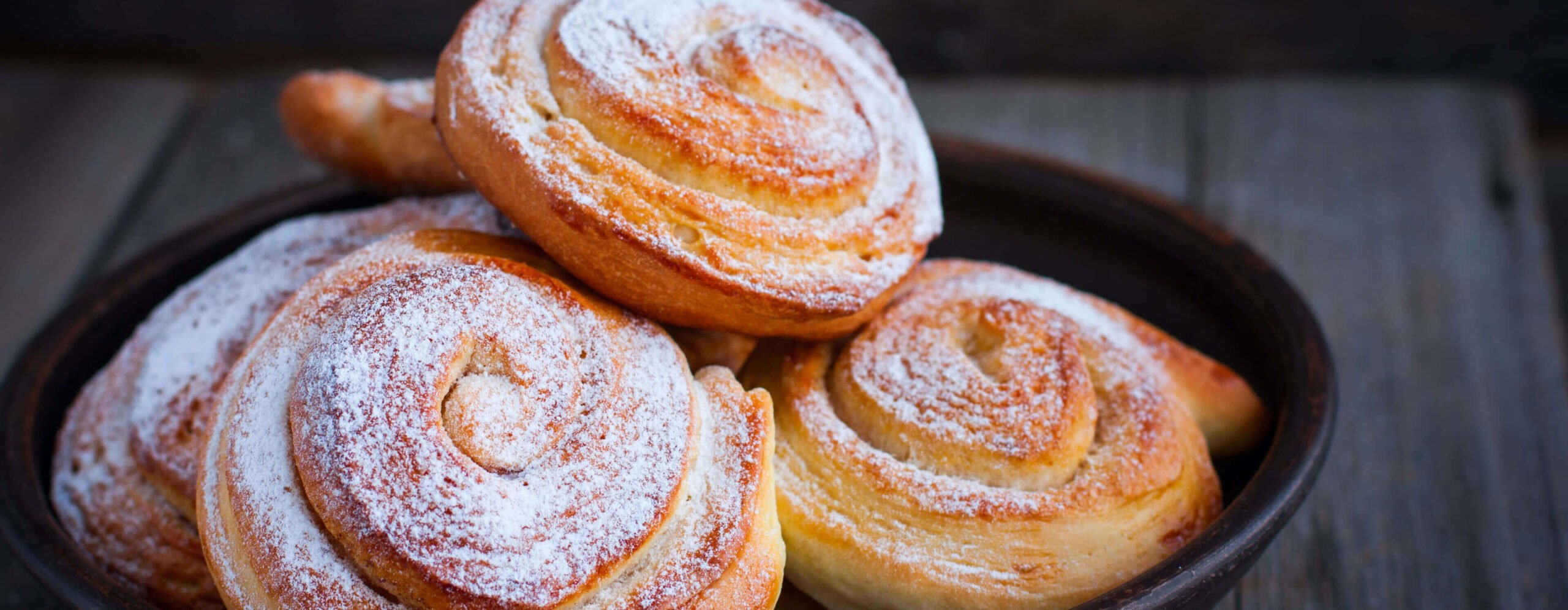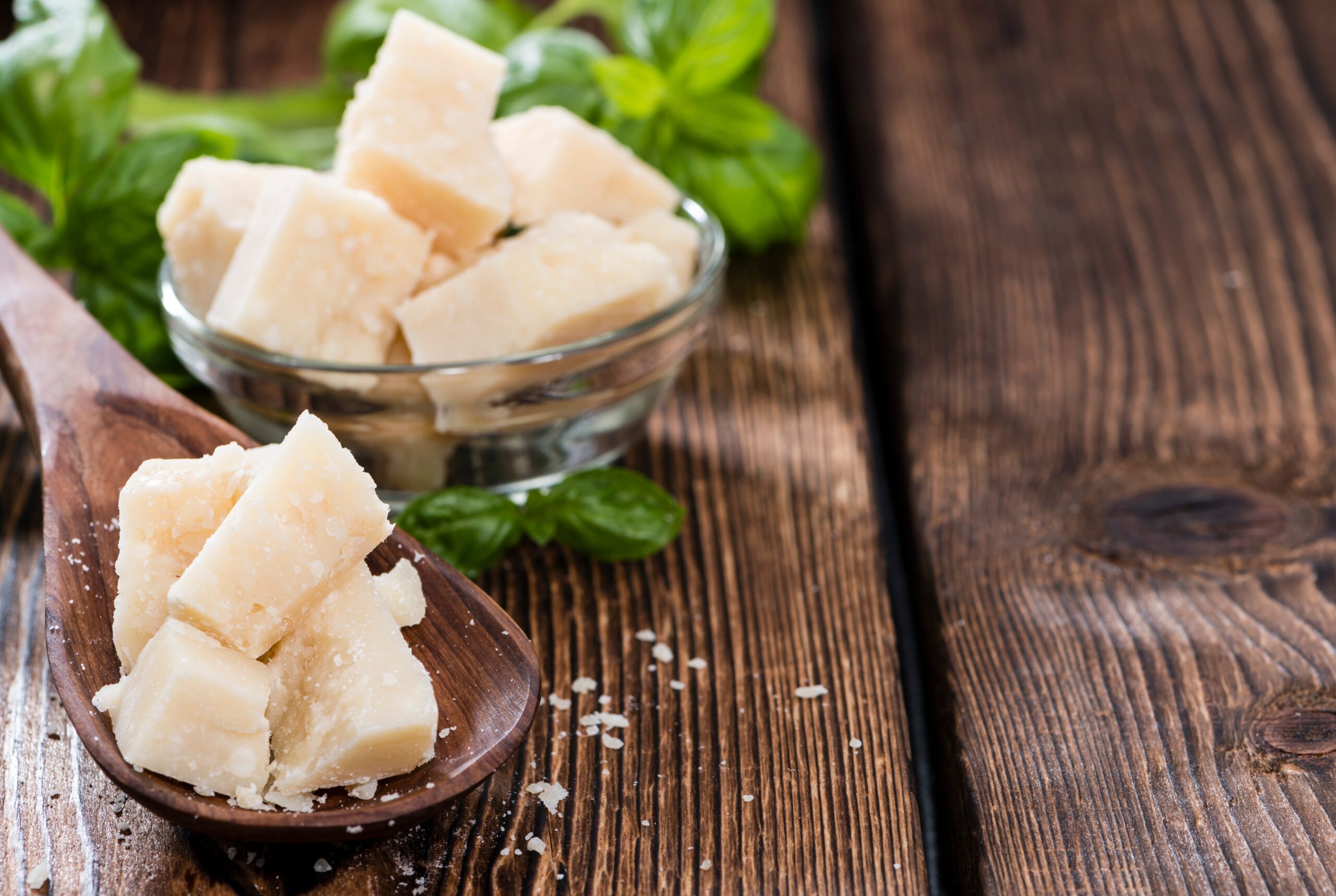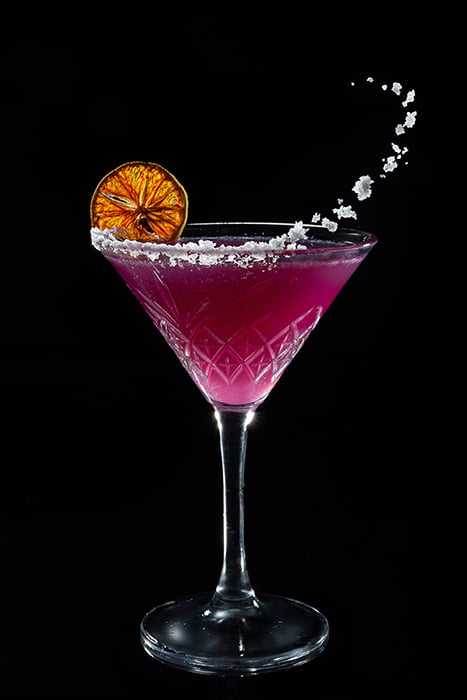
Follow us along the journey of beverages through the decades, as we introduce a selection of trending drinks from the early 1900s through to today.
Functional beverages
Did you know that beverage trends in 2021 are moving towards more functional beverages? The pandemic has influenced consumers to become more aware of their personal health and wellness as well as more it boosted their motivation to take better care of themselves.
One of the dominant health claims in many product categories has been immune defence. In a health crisis, consumers want products and ingredients that help them become better equipped against diseases and viruses. For example, natural ingredients that contain vitamins and antioxidants that strengthen the immune system – ginger, turmeric and citrus fruits. A lot of product development is dedicated to healthier beverages: kombucha varieties filled with good bacteria, drinks with added proteins or fibre and all natural and sugar-free soft drinks.
It’s important to remember that the crucial driver behind our food and drink preferences is taste. Consumers are looking for healthy products that won’t make them sacrifice their enjoyment. New flavours and new products are an adventure and consumers expect food and drink product to awake their curiosity and deliver on new experiences. At EW we are constantly experimenting with flavours and applications that achieve the balance between healthy, functional and truly indulgent products.
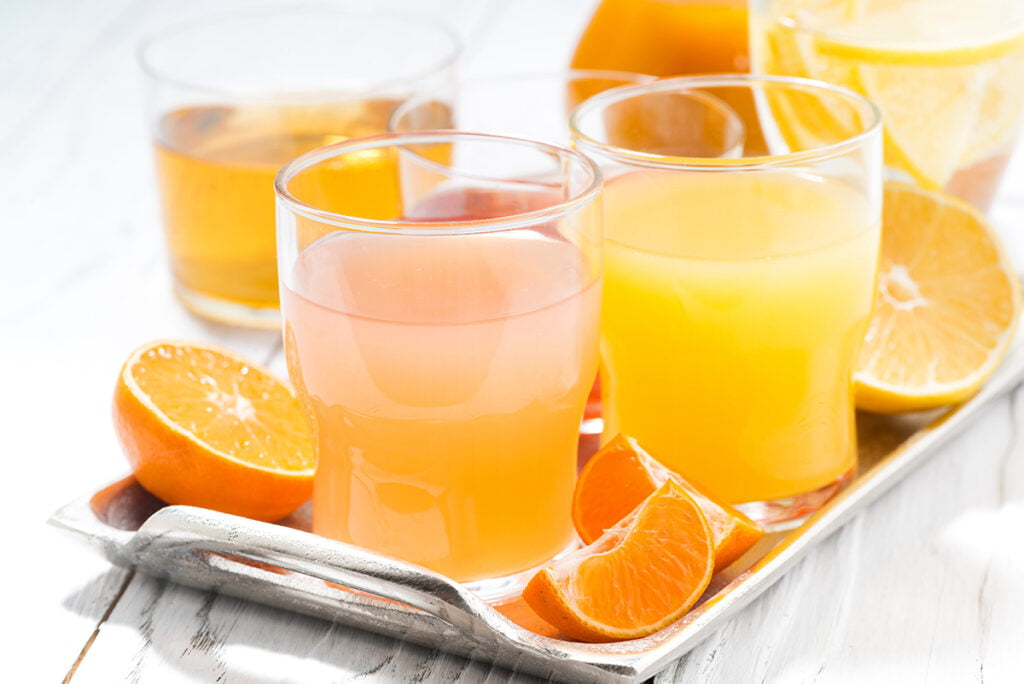
Hard Seltzers
Did you know……that in the summer of 2020 became the ‘summer of hard seltzer’? Consumers want healthier drinks that offer great flavours and effortless convenience of a six-pack of beer. In fact, beer breweries were ones to produce first hard seltzers in the US some years ago. In a nutshell, hard seltzer is a mix of sparkling water, alcohol and flavour, with no more than 100 kcal per can. For contrast, a single beer has about 140 kcal, a glass of red wine adds up to 150 kcal, and a classic gin & tonic contains 170 kcal.
It’s easy to see the appeal of hard seltzers for young and health-conscious consumers. Hard seltzers usually have low ABV (below 5%), no sugar nor carbs and mostly importantly, a wide range of refreshing and fruity flavours. After the new(ish) beverage took the US by storm, most international producers of alcoholic beverages have launched their own version of hard seltzers. First Danish hard seltzers hit the market by the end of 2020, predictably produced by major breweries. The Nordic market has been slow to accept hard seltzers, although we see a growing number of local interpretations: rosehip & thyme, pear & orange flower, red currant & ginger… Delicious!

Cider
Did you know. Cider was not always a youthful and trendy drink. It used to evoke images of a countryside landscape in autumn and older ladies in rocking chairs. The taste was apple or pear. The 1990s was a roaring time for sweet, fruity, and creative alcoholic drinks. Canned cider, sweet and fruit-flavoured, became a hit among young drinkers, especially women. It was a good and cheap alternative to beer and wine. The cider has really taken hold, also in Denmark and new producers of the golden drink are constantly appearing. Cider’s popularity has nowadays evolved and lead to great product variation. There are drier ones, sweeter ones and spiced ones. There are winter and summer flavors and new flavors that are developed year by year – There’s room for everyone’s taste and cider will still go on development – it’s so exciting.
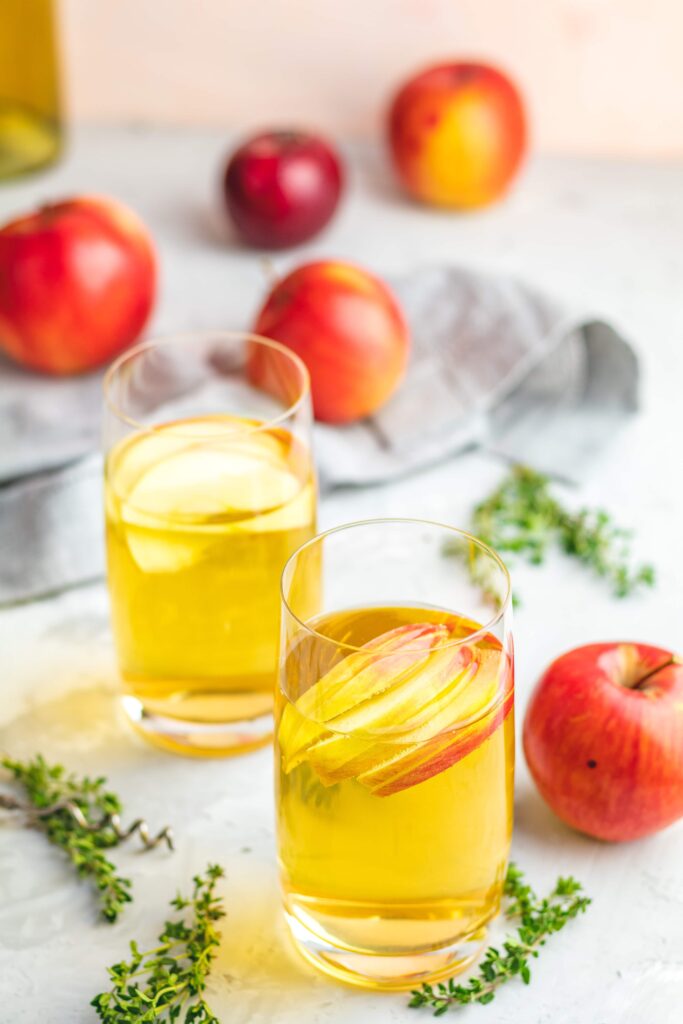
Soda-machines
Did you know… … in the late 1960s Sodastreamer hit Denmark, and during the 1970s it was nearly in every home. If you grew up in the 70s, you will no doubt remember Sodastream machines that could turn tap water and essence into a soda drink that tasted like the original (at least we believed that at the time ?) And then there was the design… slightly awkward, in line with the fashion of the 60s, in orange and beige colours. It was smart and modern then, but today an old Sodastream machine would probably look out of place in a modern Nordic kitchen. Nonetheless, the soda-machines are back!
After years of absolute oblivion, soda-machines have once again become popular and cool modern design fits it well. Our guess is that we are about to see new and significantly improved soda essences. We are excited to follow this development. We are in a time where many of our memories from previous decades are back, retro is back in fashion, and we all want to recreate good moments from the past. And why not with a “new” soda machines drink from back then.

The original daiquiri
Did you know that daiquiris reportedly became popular in the 1940s, because the rationings of World War II made, for example, whisky and vodka difficult to obtain, whereas rum, due to trade agreements with e.g. the Latin American countries, was much easier to get hold of? It is difficult to know for certain the history surrounding the Daiquiri Cocktail. However, many agree on its creator was a man called Jennings Stockton Cox an American mining engineer. His granddaughter tells that this cocktail was invented when Cox received American guests. He had no more gin and did not want to offer a dry rum, so he made a cocktail with ingredients he had. He mixed in each glass some rum, the juice of half a lime, and a teaspoonful of sugar. He then filled the glass with ice and stirred it well. Here is the recipe for the original Daiquiri:
Ingredients:
- 4 cl Rum
- 3 cl freshly squeezed lime juice
- 2 cl syrup (sugar dissolved in water: 1 dl water and 2 dl sugar. Dissolve the sugar under low heat on a stove)
Here’s how to do it:
1. Pour all the ingredients into a shaker filled with ice.
2. Shake it for approx. 15 seconds.
3. Pour the content into a chilled coupe cocktail glass. Enjoy!
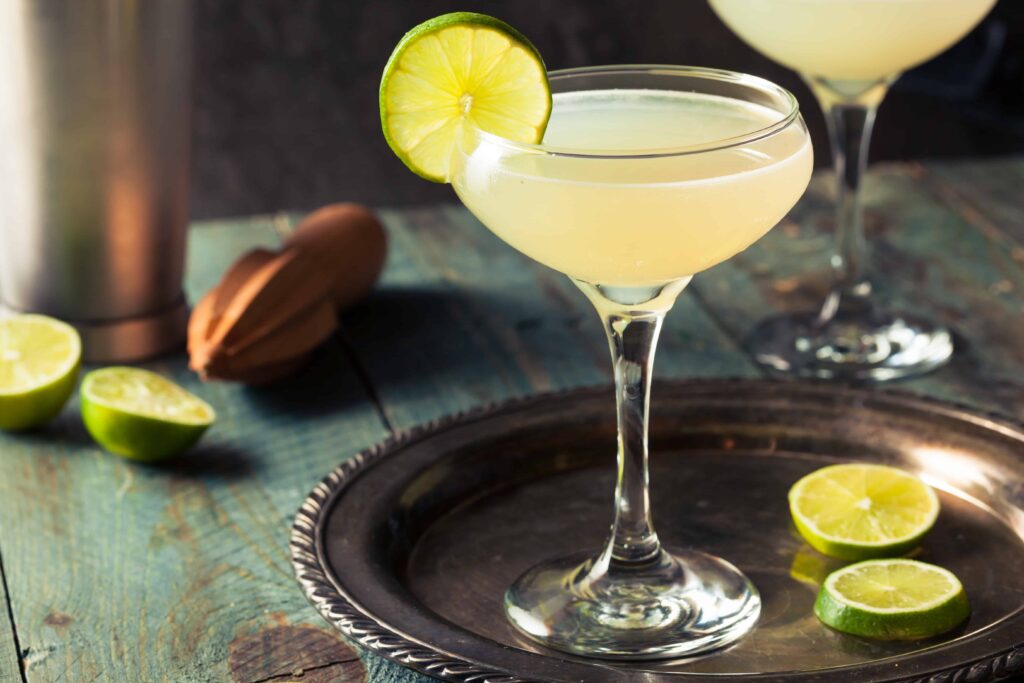
Singapore Sling
Did you know where the ‘Singapore Sling’ drink originates from? … Singapore..? The story tells that’ it was the Chinese bartender Ngiam Tong Boon who around 1910 came up with the insane and sophisticated cocktail with no less than eight ingredients. Here’s the story as we know it. Back in early 1900s gender equality still had a long way to go. Even though women were allowed to frequent bars, proper morals and manners meant that it was very frowned upon for ladies to be seen drinking alcohol. While men could freely enjoy all the glasses of whisky and gin they wanted, women had to settle with teas and fruit juices. The bartender Ngiam Tong Boon saw a business opportunity there. With its luxurious decor and lush tropical gardens, the Raffles Hotel Singapore had been the ultimate holiday spot for the rich and famous since opening in 1887, giving affluent travellers a taste of British opulence in exotic South-East Asia (Singapore was a British colony at the time). The hotel’s Bar was also big with wealth. And among this clientele were, quite logically, a great number of women.
To cater to this, Ngiam Tong Boon had the brilliant idea of creating a cocktail that would contain alcohol without anyone suspecting it at first glance: a drink that looked just like a fruit juice. He named this sweet, pink-hued concoction the ”Straits Sling”. It was an instant success. Fruity and sweet like juice, but with the neat edge of gin, the novel drink soon became all the rage among the ladies – and the gentlemen, too. The Straits Sling was renamed Singapore Sling. The Singapore Sling has since become a huge historical asset for the Raffles Hotel and most of the entire world. Singapore Airlines even serves it to all its passengers flying to and from Singapore. Here is the recipe:
- 30 ml / 1 1⁄2 oz Gin
- 15 ml / 1⁄2 oz Cherry Brandy
- 120 ml / 4 oz Pineapple Juice
- 15 ml / 1/2 oz Lime Juice
- 7.5 ml / 1/4 oz Cointreau
- 7.5 ml / 1/4 oz Dom Benedictine
- 10 ml 1/3 oz Grenadine
- A Dash of Angostura Bitters
- Garnish with a slice of Pineapple and Cherry
Combine all ingredients in a shaker with ice. Shake well and pour in an ice-filled Hurricane or highball glass. Garnish and serve. Enjoy!
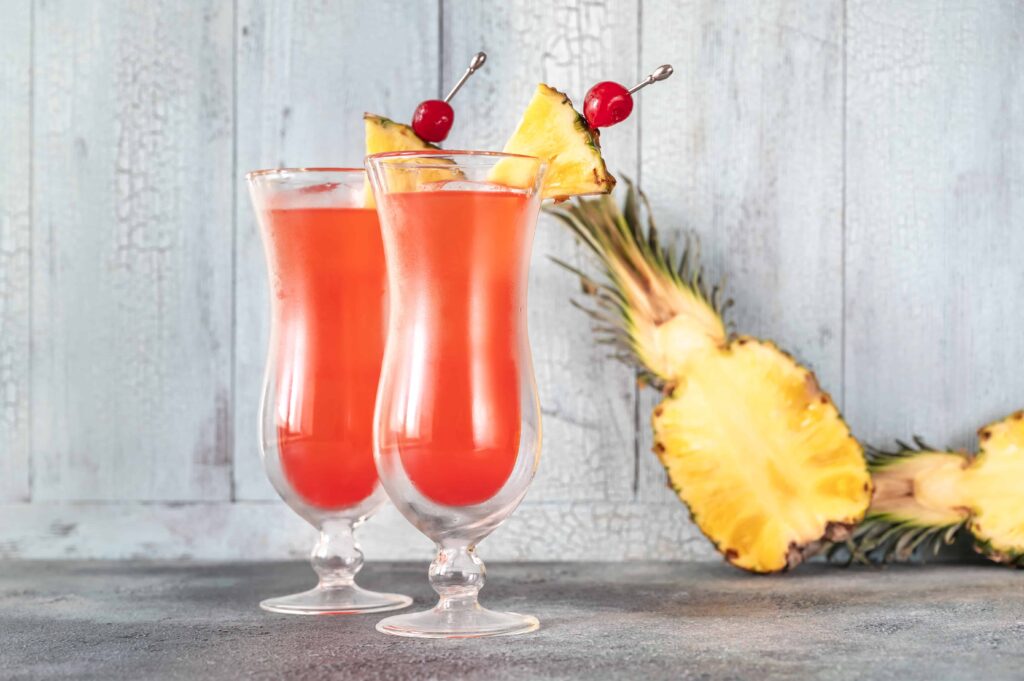
In which decade did ‘Rum and Cola’ become popular?
The classic Cuba Libre – also known as Rum & Cola – is a sweet and tasty drink. The drink was created in Cuba around year 1900. Cuba Libre became popular shortly after 1900 when the first Cola began to be imported to Cuba from the United States. The drink originated in Cuba in the early 1900s, but its origin is not certain. Bottled Cola was imported to Cuba in 1898 from the United States. “Cuba libre” (Free Cuba) the drink traditional name, was the slogan of the Cuban Independence Unification. Cuba Libre is sometimes said to have been created during the Spanish-American War. This preceded the first distribution of Cola to Cuba in 1900. Fausto Rodriguez, an advertising administrator at a Rum manufacturer, claimed to have been present, when the drink was first poured. According to Rodriguez this took place in August 1900. One day at a local bar Rodriguez’s employer ordered rum mixed with cola. This fascinated a nearby group of American soldiers, who ordered for themselves and gave the birth to a popular new drink Rum and Cola. We all know Rum & Cola – anyway, here you find the recipe:
- 5 cl. dark rum
- 2 cl. lime juice
- 16 cl. cola
- 1 slice lime fruit
- Ice cubes
Fill a tall glass with ice cubes. Put lime juice in the glass. Add dark rum and cola. Garnish the drink with a slice of lime fruit.

Contact us
